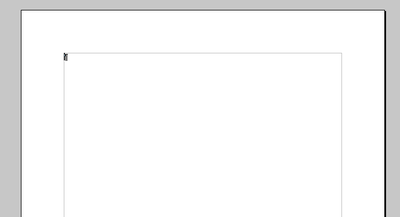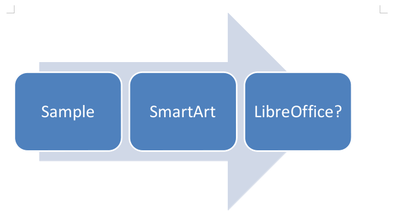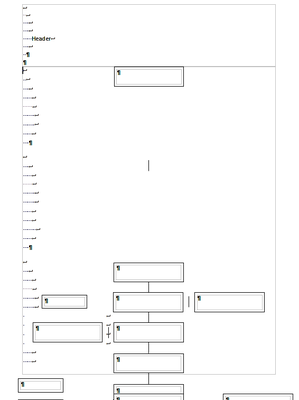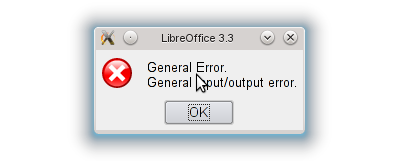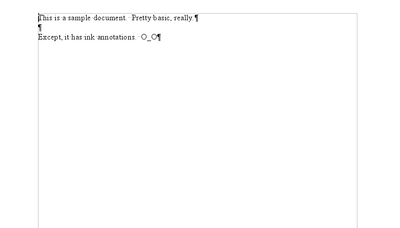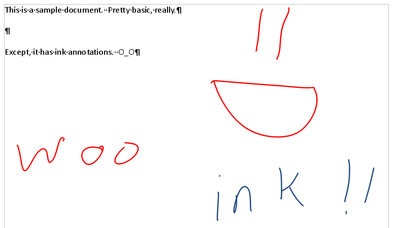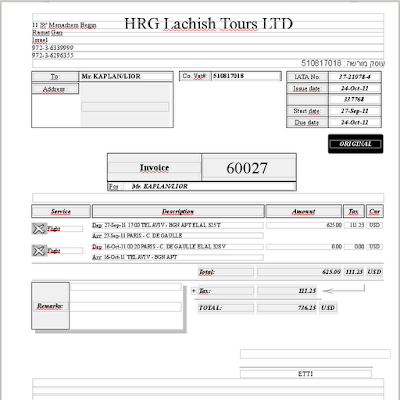Then some more developers joined and we started to package all the usual free
software which is available in other distributions but I personally didn’t use.
Think of GNOME, Xfce, OpenOffice.org and so on.
Of course we were still lame, the announcements still were not spellchecked by
someone native and knowledgeable enough, ending up in words like "splitted" or
"optimalization". However, we started to use an SCM (Darcs, which was horribly
slow, but at least not the centralized CVS crap). Another developer I should
mention was Bence Nagy, he came up with the idea of how we should avoid
duplication in FrugalBuilds, leading to the various package templates under
source/include/ in the source tree.
Then we went multiarch, Krisztián Hamar contributed the x86_64 port to the 0.3
release. At the same time, I invented syncpkg, which avoided having to build
the same package on multiple architectures manually.
We also got Gábor Lőcsei (later we met IRL and completed several bike marathons
together, resulting in a great friendship) who helped users in general on IRC,
but more importantly, for some time he did quite some bug triaging, leading to
a much better bugzilla (actually it was running Flyspray at that time) state.
The constant questions of László Csécsy (who nowadays mostly hacks
Drupal core and its modules) generated more and more improving documentation.
We first started with a LaTeX documentation, then later turned it to an
asciidoc one, in the hope of attracting more non-math contributors. ;-)
Then we started to have some beautiful artwork, Viktor Gondor contributed some
really cool wallpapers.
Finally, I think the last two Hungarian guys who spent a hell of a time on the
project was András Vöröskői (we still link his
getting started HOWTO for new
contributors) and János Kovács. I remember for a long time I used the
home-hosted server of János when we didn’t have a fast dedicated i686 build
server and my desktop was still 32bit.












